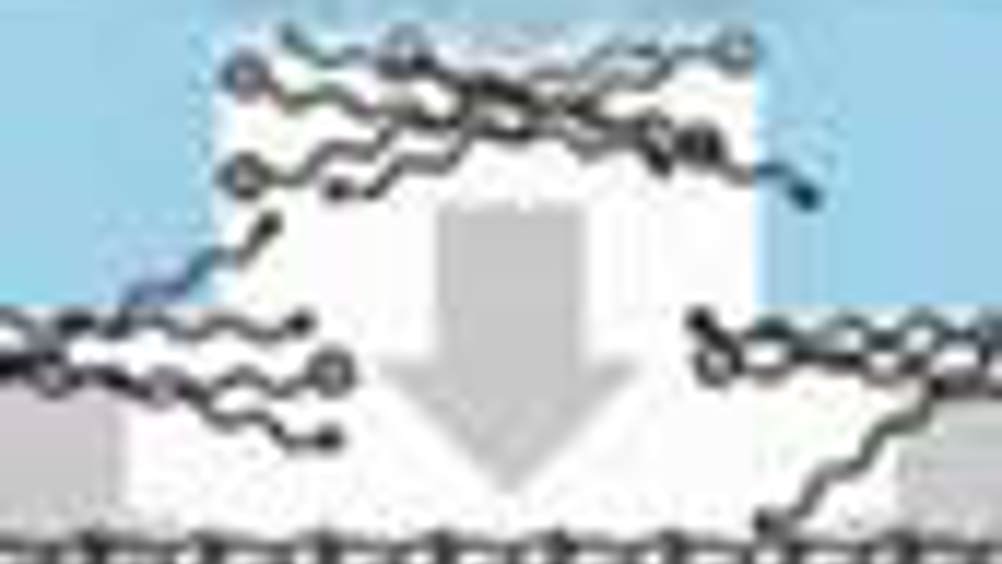Finer fabrication
Scientists will announce next month a new technique called microdisplacement printing, which makes possible the highly precise placement of molecules during the fabrication of nanoscale components.

Scientists will announce next month a new technique called microdisplacement printing, which makes possible the highly precise placement of molecules during the fabrication of nanoscale components for electronic and sensing devices.
The new technique, which also extends the library of molecules that can be used for patterning, will be described in the September 14 issue of the journal Nano Letters by a team led by Paul S. Weiss, professor of chemistry and physics at
The new microdisplacement technique is based on a widely used patterning method known as microcontact printing, a simple way of fabricating chemical patterns that does not require clean rooms and other kinds of special and expensive environments. Both methods involve "inking" a patterned rubber-like stamp with a solution of molecules, then applying the inked stamp to a surface.
"Microdisplacement gives us more control over the precision with which the patterns are placed and retained, and also allows us to use a wider range of molecules," Weiss says.
Register now to continue reading
Thanks for visiting The Engineer. You’ve now reached your monthly limit of premium content. Register for free to unlock unlimited access to all of our premium content, as well as the latest technology news, industry opinion and special reports.
Benefits of registering
-
In-depth insights and coverage of key emerging trends
-
Unrestricted access to special reports throughout the year
-
Daily technology news delivered straight to your inbox










BEAS funding available to help businesses cut energy costs
And not a moment too soon, if the following exchange broadcast last Friday 13th June, on the Radio 4 ´Rare Earth´ program (link below, ~ 17 minutes...